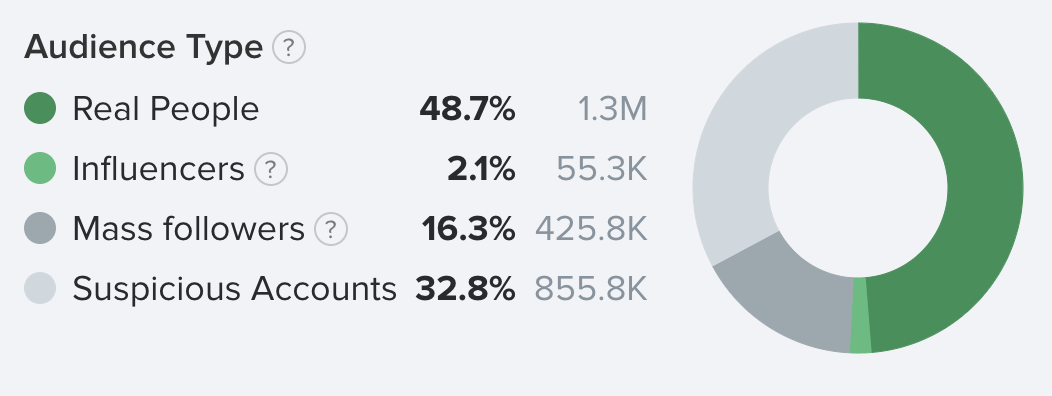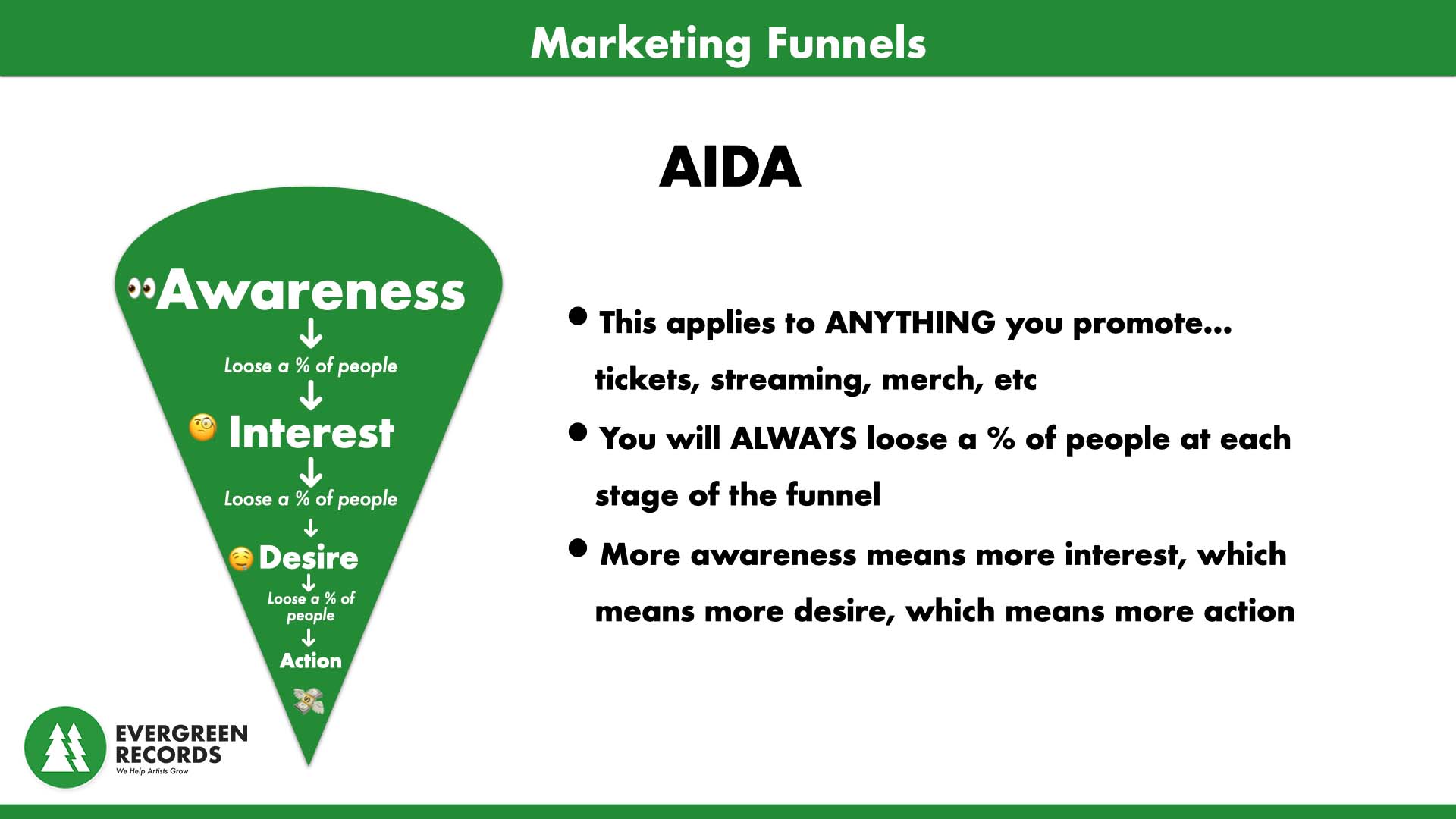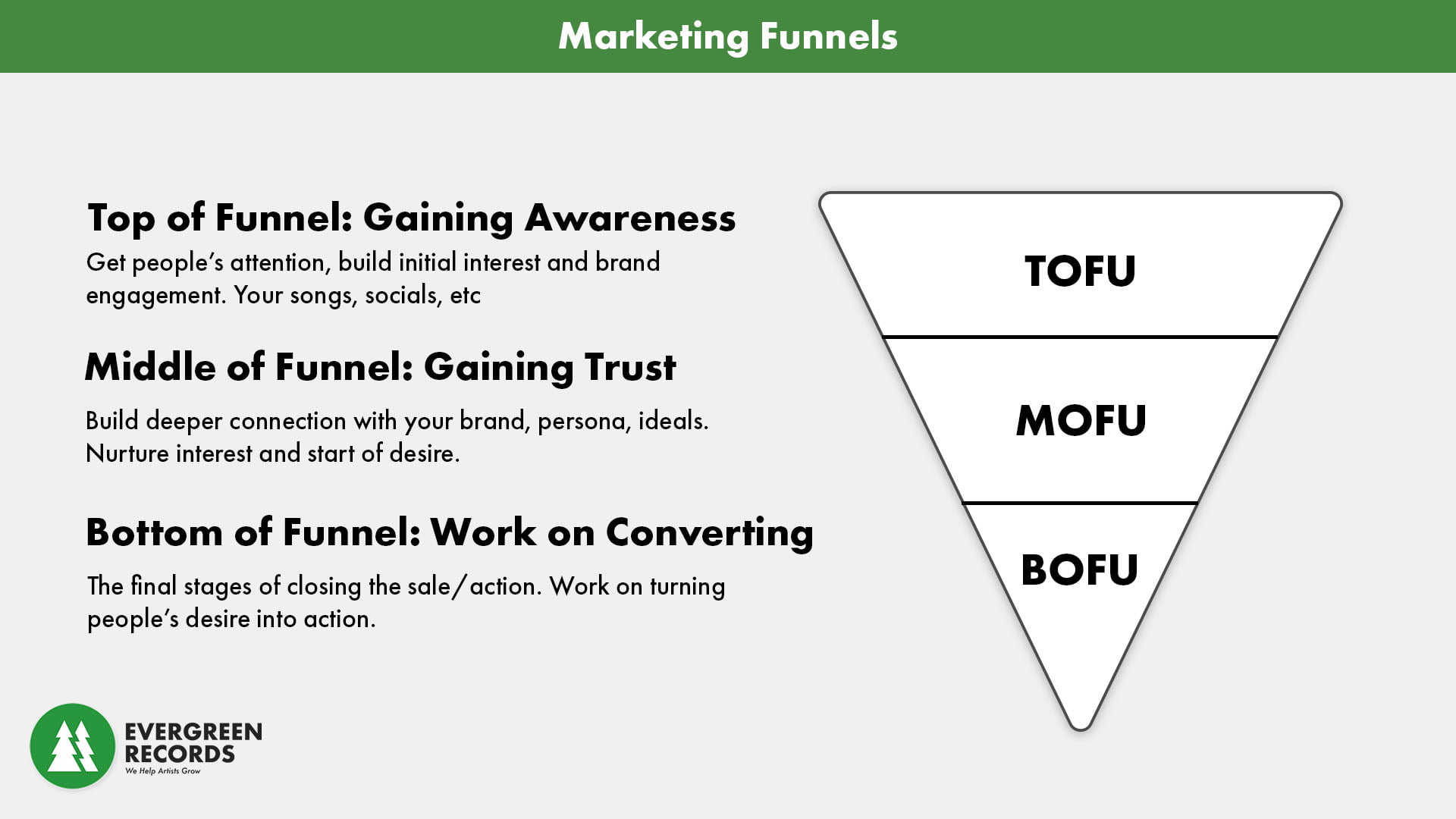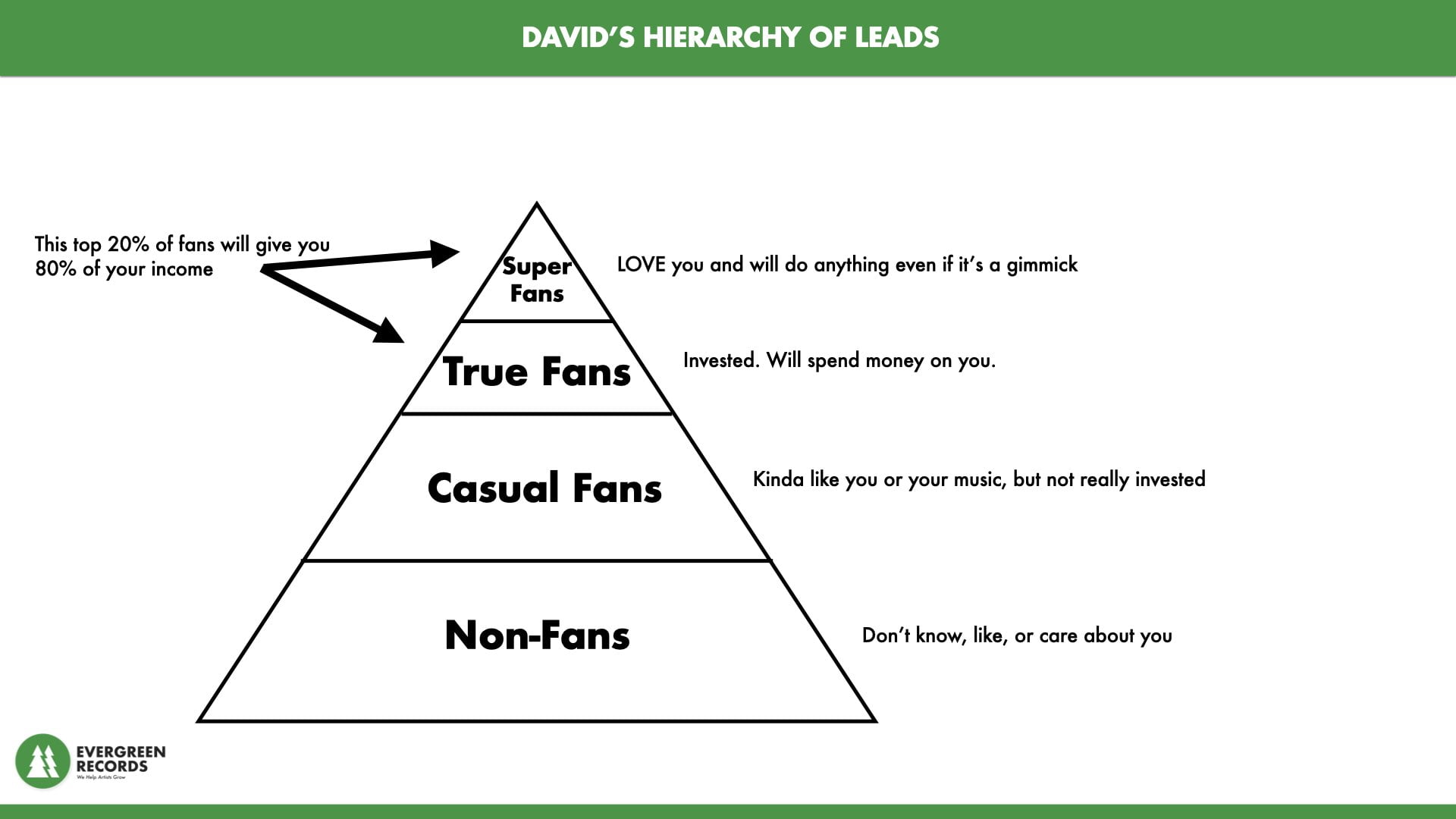Blog / Followers Aren't Fans: Case Study on Marketing Psychology
There’s a misconception that more followers automatically means more fans. Let’s look at a case study of why followers aren’t fans and the marketing psychology behind that, and how you can be better equipped to market your music and your band.
From insider.com, talking about how a young fashion influencer on Instagram couldn’t sell 36 t-shirts to her 2.6 million followers:
An Instagram star has sparked a discussion about how powerful social media influencers really are after failing to sell 36 T-shirts to her 2.6 million followers.
[…]
The 18-year-old could perhaps be forgiven for presuming her huge follower count would translate to sales, but this was not to be the case.
An Instagram star with 2 million followers couldn't sell 36 T-shirts, and a marketing expert says her case isn't rare businessinsider.com Some have suggested the problem was that Arii failed to promote her product well enough, and that it didn't fit with her brand, either.
This is a great example of the fact that followers don’t mean fans. And you need FANs to build a business in any attention/relationship industry (which music is).
According to this analysis post by Siim Säinas, about half of her fans seem like “real people” – so it’s not like she was trying to sell to bots or bought followers.

I really feel for her. Let me be clear, I don’t think she’s a terrible influencer or failure or anything – I just think it’s an example of how Marketing actually works. Let’s analyze some of the principles of marketing psychology.
Marketing is not a one-and-done activity. Effective marketing has different stages – and you’ll lose some people between each stage. Here are three funnels to illustrate 1) the psychology of how sales happen, 2) the different stages of a sale, and 3) how not all fans and followers are the same.

Every customer goes through a process before becoming a customer. Before anyone takes action, they must have a desire to do the action. Before having any desire to do so they have to have some level of interest. Before interest, they have to even be aware of the fact you exist.
Social media is mostly about generating awareness (and even then your reach is limited unless you pay for promotion) and the initial stages of interest, but it’s also a terrible platform for moving people down the funnel.
People seem to think awareness will magically lead to sales. Even if you rationally understand that you have to nurture first, I still people expect to post about something and have everyone rush out to buy/signup/listen.
That’s not the case. You have to have specific stages people go through in your sales funnel…

Top of Funnel is all about creating awareness. You do this through people finding your song on playlists, your social posts, etc.
Middle of Funnel: is all about nurturing people. Some people will never get to this phase but it’s ok. Build a deeper connection with your brand, encourage them to be more invested.
Bottom of Funnel: is all about getting people to take action – sales of merch, buying tickets, joining your Patreon, etc. Once again, not everyone will get here, but that’s ok.
In the case of this Instagram influencer that struggled to sell shirts, she probably had a very leaky funnel between the TOFU and MOFU stages. She was creating lots of superficial content that attracted people, but they never got nurtured beyond that.

It’s a mistake to think that all fans are the same. Some fans will spend way more money on you than others. It’s way more profitable to give superfans premium content/attention/experiences than to try to get the masses to do something.
I’ve come up with a framework to think about the levels of fandom called David’s Hierarchy of Leads:
Non-Fans are self-explanatory. They either don’t know about you or don’t like you. Your goal is to get people’s attention with your music, YouTube content, etc so that they become Casual Fans.
Casual Fans are people who like you but aren’t actively invested. Maybe they’ve saved a couple of your songs. Maybe if their friends are coming to your show they’ll tag along, but really they don’t care beyond the surface level. At this level, you’ll get a few pennies from their streams, but it’s foolish to spend your time and money to MONETIZE them at this point. Your goal should be nurturing them into True Fans via special content, talking to them after gigs, etc.
True Fans are the people that actively care about you. They will come to shows, buy merch, donate to your crowdfunding or Patreon. They want to see you succeed and will step up when there is an ask from you. But if you do your job well, they can graduate to Superfans.
Superfans are the truest of the True Fans. They will do ANYTHING for you. They will drive states away to see you. They’ll donate $5000 to fund your next album. If they’re well off, introduce you to their business network and help you get cool opportunities. They’ll go to your fundraiser parties where there’s no point other than to hang with other cool fans that care about you because they freakin’ love you.
In the case of this influencer, she had TONS of casual fans, but not True Fans or Superfans. In ADIA terms, casual fans will rarely get past the awareness or interest phase. Casual fans will probably never get to the middle of your funnel.
Just posting *more* on social media doesn’t automatically mean you’re building relationships with your fans or getting them closer to buying. Yes, it’s a key piece of the puzzle (which will look different for everyone). But this is why people build email lists – so they can have the fans who are the most committed in one place and tailor messages to them!
The main point I’m getting at is that think strategically about what each element of your marketing strategy is for. Remember that not everyone is the same – and it takes time to get someone to be in a place where they are ready to buy/convert!